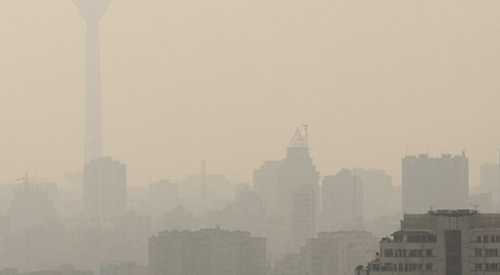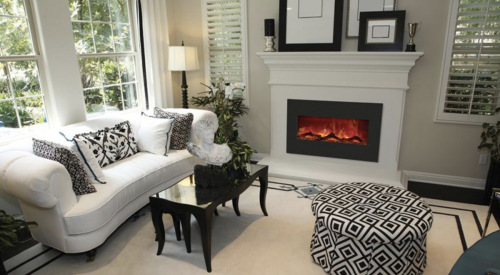Designing homes with HVAC systems that provide optimal indoor air quality can affect your bottom line as a builder as well as your future homeowner's health and quality of life. Building homes that are comfortable are important to long-term customer satisfaction. Proper ventilation, ducting and thoughtful floor plans will influence the quality of life for your new homes' owners as well as ensure the functionality of the homes you build.
This article will look at the causes and consequences of poor indoor air quality; the impact it has on a homeowners' health, safety and comfort; and the solutions for building well-insulated and amply ventilated homes.
Health, Safety & ComfortWe will look at four of the top causative factors here.
Respiratory Problems. Insufficient air quality has been shown to affect the respiratory system in many people. For example, asthma and many allergies have been linked to poor indoor air quality.
Poor Ventilation & Dangerous Gases. If several pieces of equipment, like a fireplace, dryer or range hood are operating simultaneously in an airtight home with insufficient ventilation, there may not be enough ventilation outlets to allow all of the appliances to exhaust freely. In this scenario of competing fans - the strongest fan wins. The equipment with the weakest fan can cause a backdraft of combustion products like carbon monoxide or smoke to escape into the house. This compromises the very safety of the homes occupants.
In addition to inadequate ventilation, there is the danger of exposure to radon a radioactive gas. Radon has been identified as the second leading cause of lung cancer in the United States. This radioactive gas is a byproduct of decaying uranium, which is found in nearly all soils. It migrates through the ground and into the home through cracks and other holes in the foundation. Once inside the radon becomes trapped in the home. Nearly, one in 15 homes in the U.S., has a high level of indoor radon.
Comfort. Building homes to maximize homeowner comfort, is key to ensuring the longevity and enjoyment of each home you build. This can be accomplished by installing proper moisture, humidity and temperature controls, especially in hot weather (tropical) regions of the country,
Now that we have uncovered some of the causes and consequences of unhealthful indoor air quality, let's look at additional sources and their solutions.
Sources of Poor Indoor Air QualityThe following list shows the top nine sources of poor indoor air quality:
- High levels of moisture and humidity.
- Volatile Organic Compounds (VOCs) which are derived from solvents.
- Combustion byproducts from cooking, candles, fireplaces.
- Dust and other airborne particles.
- Poorly designed air distribution centers.
- Competing air pressure from combustion appliances, negative pressure and pressure differentials between poorly sealed adjacent rooms.
- Odors from cooking, combustion byproducts, and mold and mildew.
- Rooms that are next to or above the garage.
- Radon.
Addressing the HVAC component at the design and planning stage can tackle most of the problem areas that cause inadequate indoor air quality. Let's look at the top four solutions and their implementation.
Proper Ductwork: Properly sealed ductwork will result in an immediate reduction in air leaks. Another strategy is to locate your ductwork within the conditioned or semi-conditioned space whenever possible. This minimizes air leakage to and from the outside environment. Utilization of ducted returns, not wall or floor chases will also reduce system air leakage to the outside. Be sure to design your HVAC system so that it properly removes the moisture that's in the air and incorporate air filters.
Air Pressure: One of the keys to neutral air press is to design a balanced air distribution system and provide adequate ventilation. Always use direct vent combustion.
Odor solutions: Ventilation is the key to resolving odor problems. Natural ventilation is one solution, but it's not always practical in colder climates. Designing an HVAC system that integrates fresh air ventilation will resolve this dilemma. Spot ventilation, such as exhaust fans, range hoods, and bathroom fans, is the next level of defense. Adding mechanically induced fresh air ventilation, like a whole house fan to quickly exchange indoor air ensures that is amply ventilated. Finally, you want to make sure you have direct vent combustion systems whenever possible.
Rooms adjacent to the Garage: First, make sure you have an effective air barrier between the garage and adjacent spaces so there's no exchange of air. Then, you want to maintain a neutral pressure between the two spaces, or if the pressure is slightly positive, you'll want to make sure the exchange is from the inside to the outside, not from the outside in.
Implementing these solutions will ensure that the homes you build will contribute to the future homeowners health and quality of life. Designing and building homes for optimal indoor air quality will minimize callbacks, while increasing referrals and profit. Remember, healthful indoor air quality is your responsibility.










